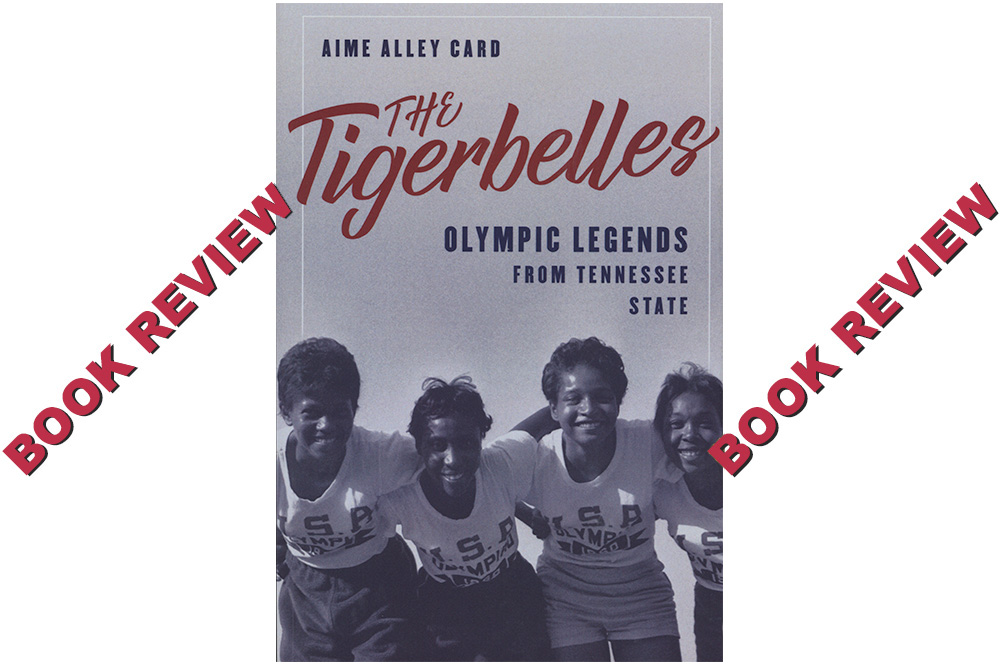 1960. The city of Nashville is an epicenter of the burgeoning civil rights movement. Lunch counter sit-ins, marches and demonstrations, a visit by Martin Luther King, Jr. Students at Tennessee A&I State and the three other Black colleges in the city are at the forefront in the demonstrations and are taunted and harassed physically by the Jim Crow element of the white community. Hundreds are arrested for “disturbing the peace.” The house of one of the local movement leaders is bombed and destroyed. Twenty-one sticks of dynamite did the job.
1960. The city of Nashville is an epicenter of the burgeoning civil rights movement. Lunch counter sit-ins, marches and demonstrations, a visit by Martin Luther King, Jr. Students at Tennessee A&I State and the three other Black colleges in the city are at the forefront in the demonstrations and are taunted and harassed physically by the Jim Crow element of the white community. Hundreds are arrested for “disturbing the peace.” The house of one of the local movement leaders is bombed and destroyed. Twenty-one sticks of dynamite did the job.
Against this backdrop described by Tigerbelles author Aime Alley Card, Coach Ed Temple is trying to prepare his athletes for the coming Olympic Games in Rome. The best women sprinters in the country are at Tennessee State; they would all like to participate in the struggle for equality, but an arrest would mean forfeiture of scholarships and the end of any chance to make the Olympic team.
The Tigerbelles is the story of how Coach Temple built the best women’s track team in the country — out of nothing. It started with a runner named Mae Faggs, who as a high schooler led off the gold medal-winning USA 4 x 100 team in the 1952 Olympics. Temple was able to recruit her to Tennessee State, and she worked with the coach to bring other good runners to the team. By the next Olympic Games, all four runners on the U.S. 4×1 Olympic squad were Tennessee State Tigerbelles and they won the bronze medal, just 0.4 behind the WR-setting Australian gold medalists (anchored by Betty Cuthbert).
Coach Temple was a serious taskmaster. He worked them hard and laid down a number of rules of conduct. Not everyone took to this regimen. Willye White, who had won the silver medal in the long jump (1956) as a high schooler, and was later to have a long successful career in the sprints and long jump, was too much of a free spirit for an authoritarian like Temple and left the team after a season or so.
Despite the international success, women’s track, even at Tennessee State, received little recognition. The bulk of athletic funding at State still went to football and men’s basketball. In Temple’s first year at the school he had a total budget of $64. It didn’t get much better, even when they started winning national championships.
A quote from the well-known New York Times sportswriter Arthur Daley (circa 1960) was not an atypical view of women in sports at the time: “Now they clutter up the joint and feminine frills have begun to debase this temple of masculinity.” Even Track & Field News was not particularly sympathetic. We didn’t start covering women’s track until the 70’s.
The women’s championship meets were held separately from the men’s and facilities were always far inferior for the women. At the nationals in Corpus Christi in 1960, Olga Connolly complained about “no hot water, poor food, no food for the Negro girl athletes, and quarters that were humid and infested with insects.”
And of course discrimination was always present. At the same meet, the bus driver who was supposed to take them from the dorm to the track refused to drive the bus and walked off, since there were both black and white kids on board.
So, let’s get back to 1960 where this book is headed. The Tigerbelles make it through the nationals and the Olympic Trials, and seven from the college team make the Olympic team: four sprinters, two hurdlers and a long jumper. Ed Temple is the head women’s Olympic coach.
And you know what happens next. Tigerbelle Wilma Rudolph becomes the queen of the Games and forges a place in track history by winning the 100, 200, and anchoring the 4×1 team (all Tigerbelles) to victory. Certainly one of the shining stories of U.S. Olympic history.
Consider this: five Tennessee State students won gold medals in Rome: the four women on the 4×1 squad (Hudson, Williams, Jones and Rudolph), plus Hall of Fame long jumper Ralph Boston. That is a record that is unlikely to be challenged — or approached — by any collegiate team. At least not without factoring in alumni; see UCLA’s 1988 Games 10-golds haul including alums Evelyn Ashford, Jackie Joyner-Kersee and Andre Phillips.
Unfortunately, author Card gets a bit carried away by claiming “the women had proven that they were the strength of the [1960 Olympic] team, and their inclusion was the only reason the United States had fared as well as it had.” Whoa. The fact is that outside of Wilma Rudolph and the 4×1 team, the women won no other medals, except for Earlene Brown’s bronze in the shot. The men, on the other hand, won 9 gold and 22 medals overall. True, this was a disappointment, compared to 14 golds in 1952 and 15 in ’56 for the men, but not so shabby.
The book ends with the aftermath of the 1960 Games — the awful mandated European tour and the homecoming parades and celebrations. But certainly another book could be written covering Ed Temple’s career through his 1994 retirement.
After all, coming through the program after 1960 were such stars as Madeline Manning, Edith McGuire, Wyomia Tyus, Martha Watson, Kathy McMillan, Iris Davis, and present Tennessee State coach Chandra Cheeseborough. But this will have to do for now — nice job, Ms. Card.
THE TIGERBELLES: Olympic Legends From Tennessee State, by Aime Alley Card The book is published by Lyons Press and is due for release by the end of 2023.
